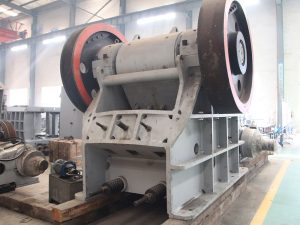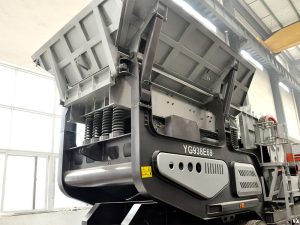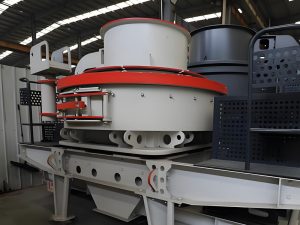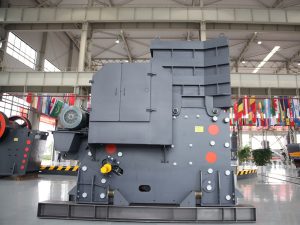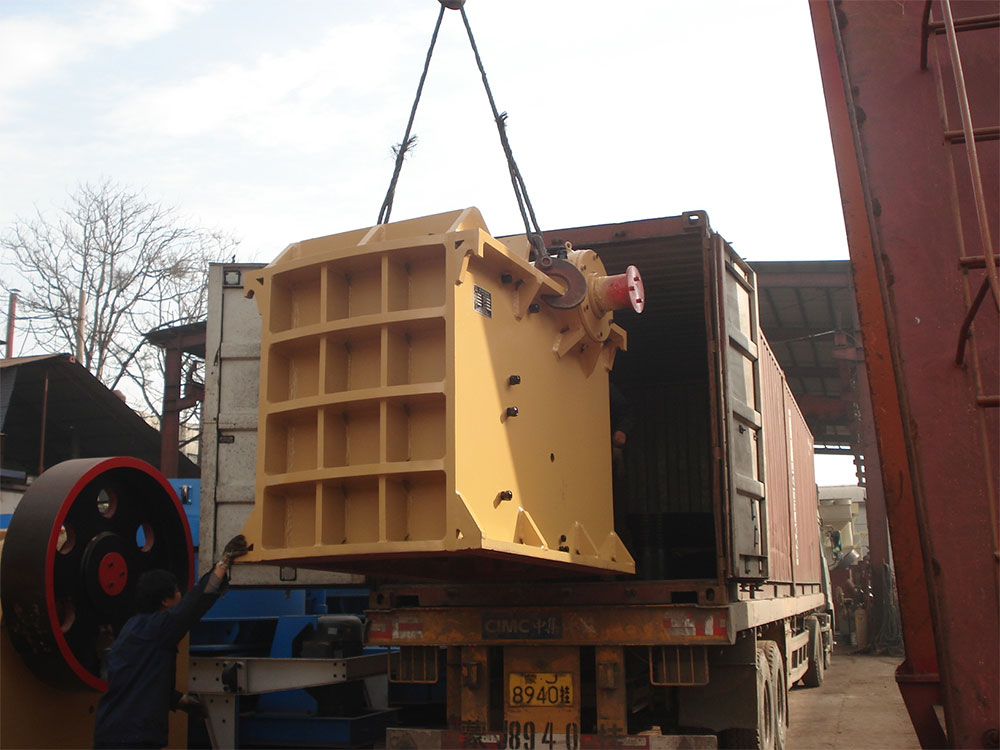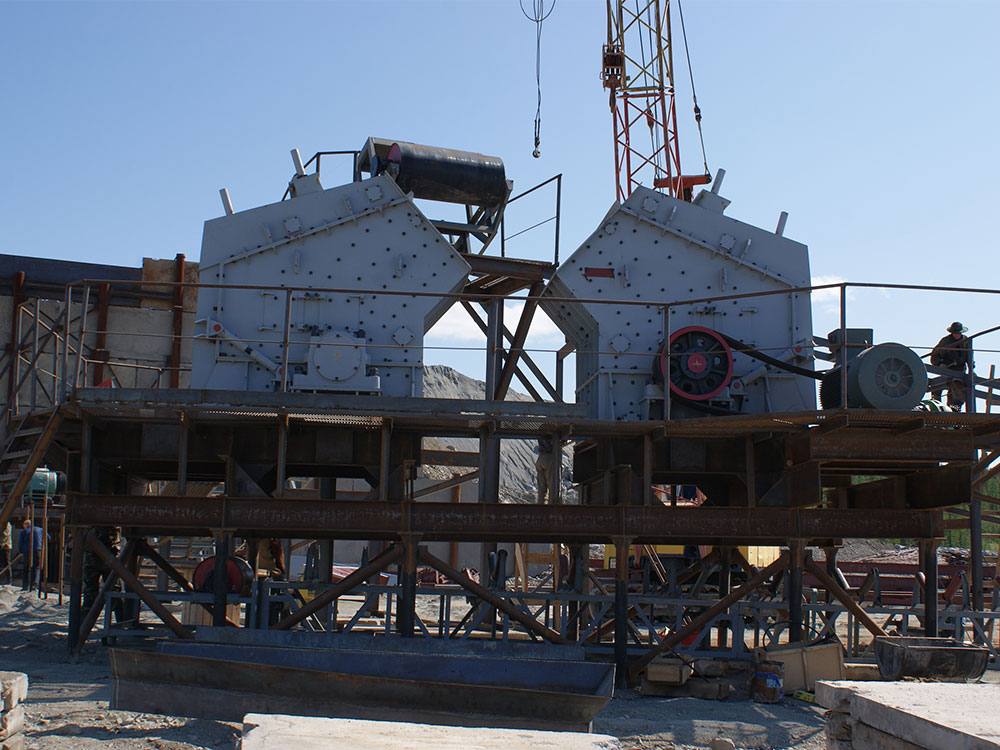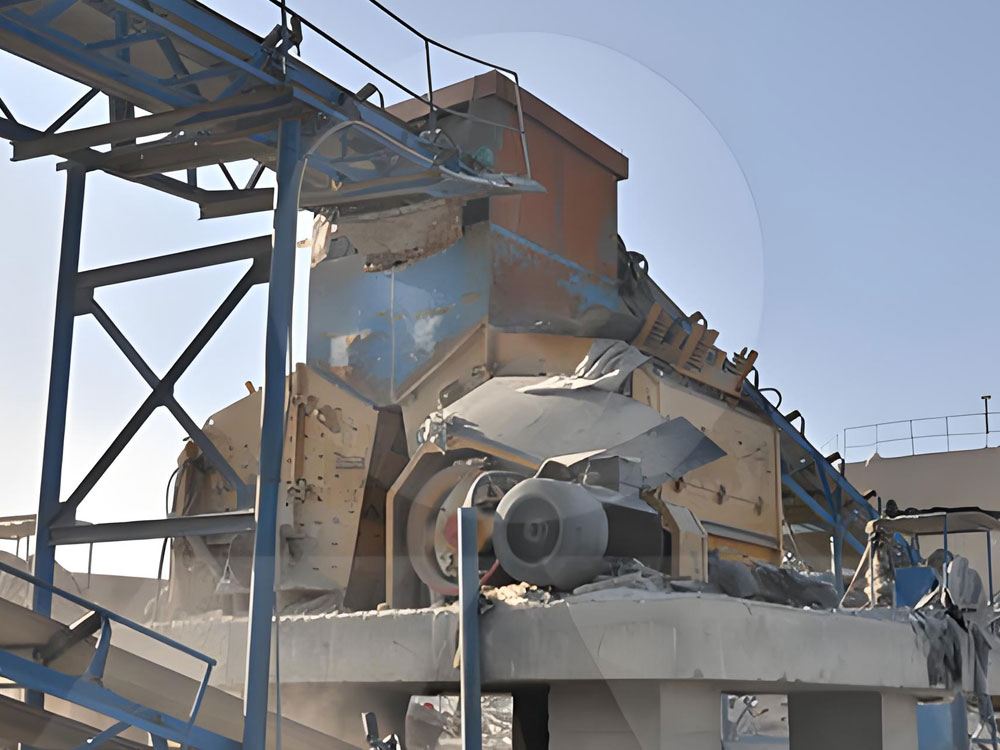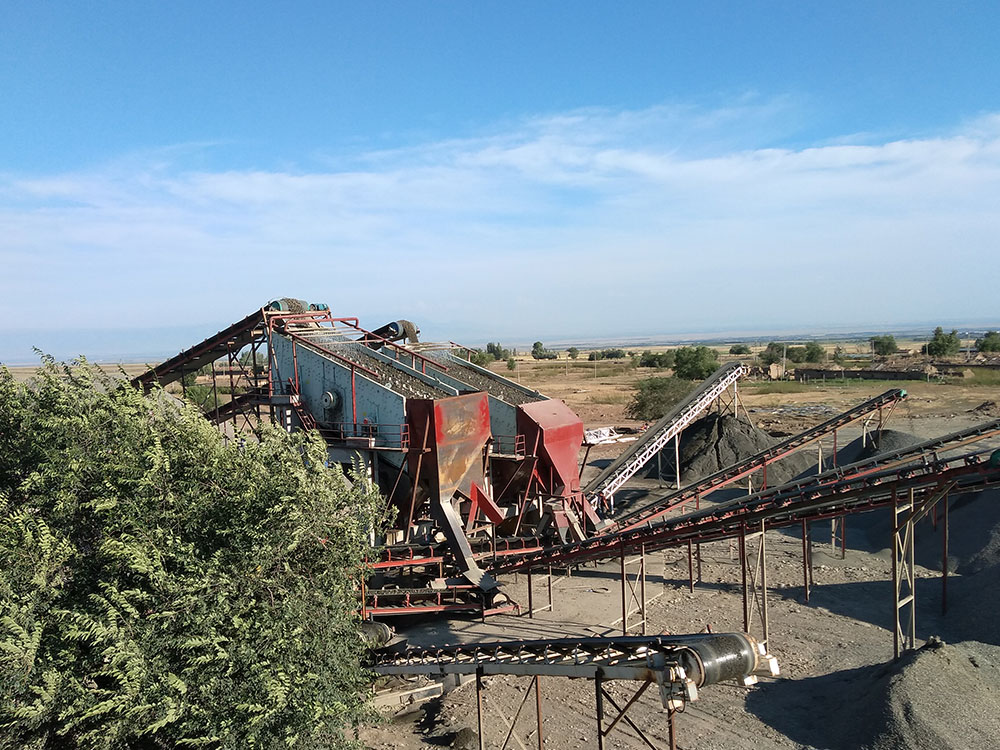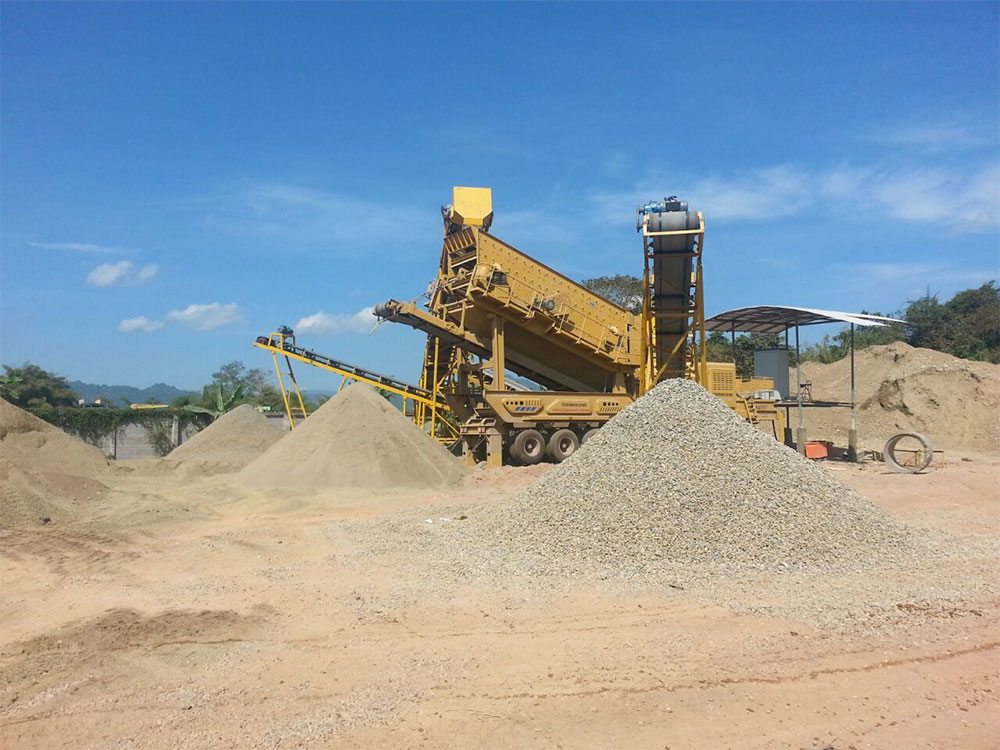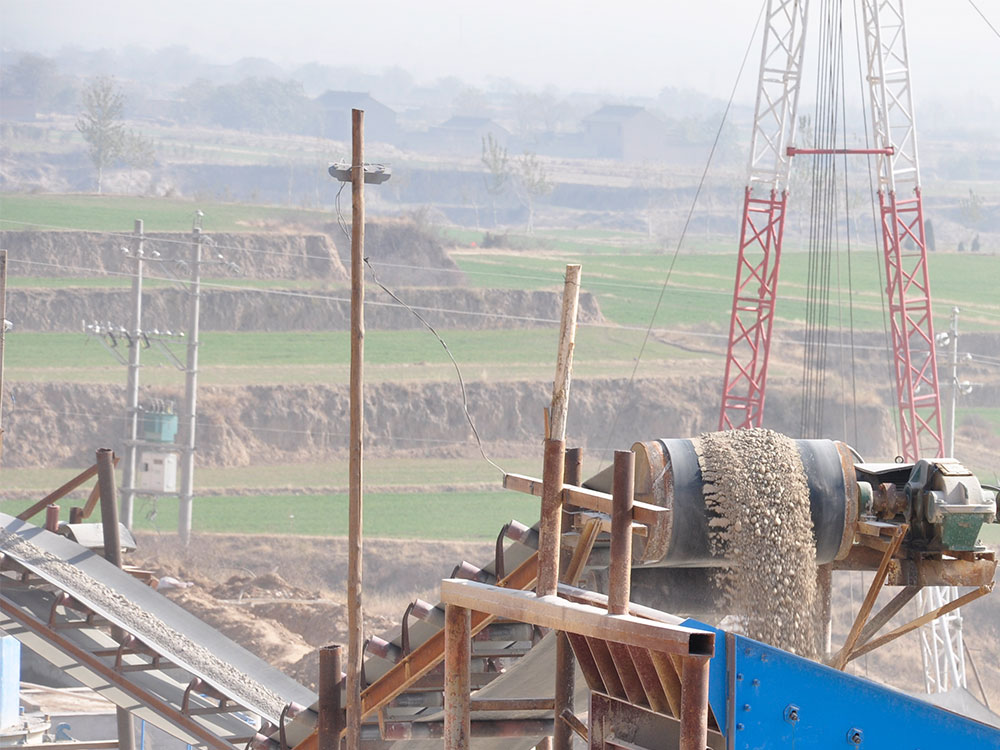The raw materials for manufactured sand are widely sourced, encompassing three main categories: natural rock, industrial waste residue, and construction debris. Specific application scenarios and advantages are as follows:
Granite
Characteristics: High quartz content (up to 60% or more), low sulfide content, compressive strength of 120-200 MPa, well-rounded particle shape, and reasonable gradation.
Applications: Suitable for producing sand for low-strength concrete or dry-mix mortar, requiring control of mica content and weathering degree.
Basalt
Characteristics: A basic volcanic rock with compressive strength ≥140MPa; certain olivine basalt varieties reach 250MPa, featuring dense crystals and high strength.
Applications: Preferred aggregate source for infrastructure projects like hydropower facilities and major transportation hubs. When blended into concrete, it reduces weight while providing sound and thermal insulation.
Limestone
Characteristics: Formed through chemical or biological sedimentation. Relatively poor particle shape after crushing, but low-cost with reusable limestone powder.
Applications: Serves as both sand and gravel aggregate, accounting for over 30% of industry usage.
River Pebbles
Characteristics: Rounded grain shape, high strength, uniform coloration, making it the optimal substitute for natural sand.
Applications: Lightweight concrete aggregate for high-rise buildings. The Baoji, Shaanxi river pebble sand production line achieves an hourly output of 600 tons, with feed sizes ranging from 0-5mm to 10-28mm.
Sandstone and Quartz Sandstone
Characteristics: Premium raw material when quartz content ≥95%, exhibiting strong weathering resistance and superior grain shape compared to natural sand.
Applications: Construction and decoration materials, requiring solutions for stone powder issues.
Mine Tailings
Characteristics: Contains iron, copper, and other metallic minerals requiring iron removal treatment.
Applications: Resource utilization via mobile crushing stations to reduce raw material costs.
Construction Waste
Characteristics: Contains concrete blocks, crushed stone, bricks, tiles, etc., requiring sorting before crushing.
Applications: Mobile crushing lines boost processing efficiency by 60%, suitable for demolition sites.
Production lines require customization based on raw material hardness, capacity requirements, and environmental regulations. Core equipment and process flow are as follows:
1. Crushing System
Primary Crushing: Jaw Crusher (processing size ≤1200mm), recommended model PE-1200×1500 (capacity 800-1000t/h).
Medium Crushing
High-hardness rock (granite, basalt): Multi-cylinder hydraulic cone crusher (laminar crushing principle reduces wear part consumption).
Medium-low hardness materials (limestone, bluestone): Impact crusher (delivers superior finished particle shape).
Capacity Matching: Medium crushing equipment throughput must exceed coarse crushing system capacity by 20% to prevent material blockage.
2. Sand Making System
Mainstream Equipment: Vertical shaft impact sand maker (combines crushing and shaping functions).
Key Parameters: Feed size ≤55mm, adjustable finished sand fineness modulus (2.2-3.0), stone powder content controlled at 5-15%.
3. Screening and Washing System
Three-stage vibrating screen: Separates aggregates into multiple grades (0-5mm, 5-10mm, 10-20mm).
Wheel bucket sand washer: Reduces silt content to <1%; optional fine sand recovery unit (increases sand yield by 8-10%).
4. Environmental Protection System
Pulse Dust Collector: Dust collection efficiency ≥99%.
Mist Cannon Dust Suppression System: Targeted dust suppression at raw material stockpiles and crushing zones.
Soundproof Enclosure Design: Equipment noise reduced to below 75dB.
5. Intelligent Control System
Functionality: PLC automatically adjusts equipment load, monitors finished product quality in real-time, and reduces labor costs.
Typical Configuration Case
Case 1: Granite Sand Making Project (Ganzhou, Jiangxi)
Raw Material Characteristics: Compressive strength 180MPa, moisture content <3%.
Production Line Configuration:
Primary Crushing: PE-1200×1500 Jaw Crusher
Secondary Crushing: HPT500 Multi-Cylinder Cone Crusher
Sand Making: VSI6X1263 Impact Crusher (with hydraulic cover opening function)
Screening & Washing: 3YK3070 Vibrating Screen + XS3500 Sand Washer
Operational Data: Hourly output 220-250 tons, finished sand gradation meets Zone II medium sand standards, dust emissions <20mg/m³.
Case 2: Limestone Sand Production Project (Luoyang, Henan)
Special Requirements: Simultaneous production of 0-5mm manufactured sand and 10-30mm crushed stone.
Configuration Highlights:
Medium crushing employs PFW1315 impact crusher (cubic particle ratio >90%)
Dual-screen unit design enables simultaneous sand and aggregate grading
Fine sand recovery cyclone configuration boosts sand recovery rate to 95%
Economic Benefits: Aggregate sales price increased by 15 RMB/ton, with electricity costs controlled below 2.3 RMB/ton.
Configuration Recommendations
Raw Material Testing: Prioritize free raw material analysis to mitigate risks of improper equipment selection.
Customized Design: Plan tiered or horizontal production layouts based on site conditions (mountainous or flat terrain).
Mobile Solution: For demolition waste processing, select mobile sand-making lines to boost relocation efficiency by 60%.
Supplier Selection: Prioritize companies offering full-process equipment supply, intelligent control systems, and nationwide service networks.


